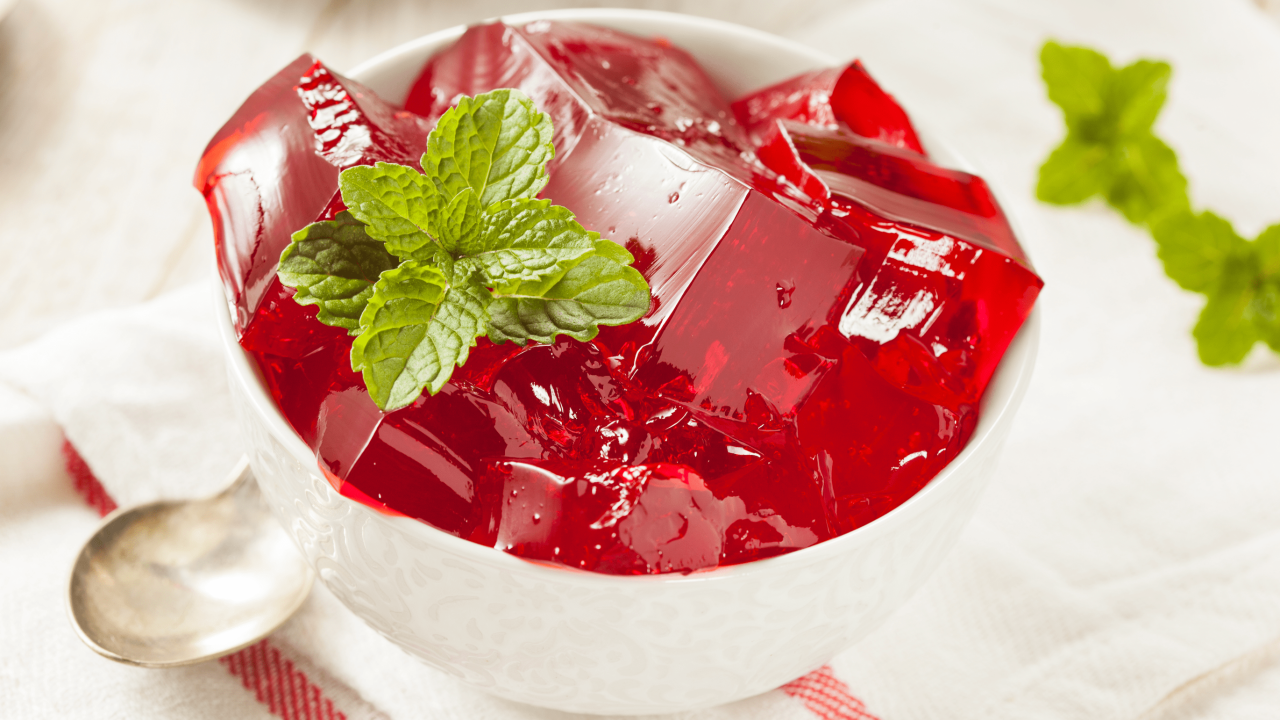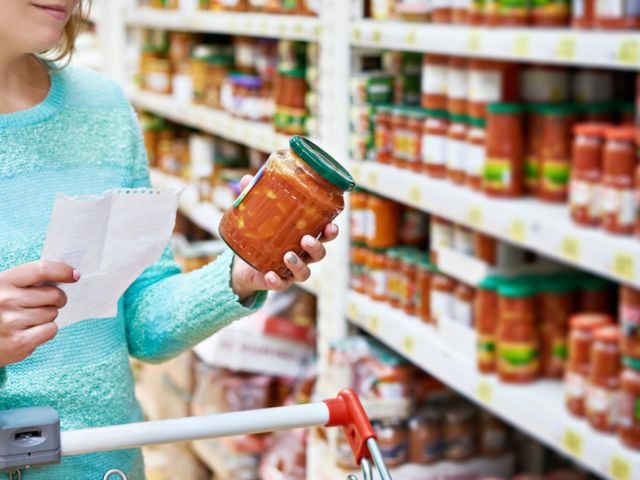
Summer is a perfect time for sweet treats, from serving punch at a cookout to planning a patriotic jello dessert for July 4 – and it’s also a reminder to watch out for chemicals in the powdered mixes used to make popular items to eat and drink.
You may want to think twice before reaching for that powdered drink mix or powdered gelatin dessert mix – it might contain potentially harmful additives. Alternative products that don’t have these ingredients are a suitable option.
Food chemicals in jello and drink mixes
Synthetic food dyes
Many of these powdered mixes contain artificial food dyes of concern, such as Red No. 3, Yellow No. 5, Yellow No. 6 and Blue No. 1.
These chemicals are added to products like Crystal Light Energizing With Caffeine Drink Mix, Kool-Aid Aguas Frescas Unsweetened Pina Pineapple Drink Mix and Jell-O Cherry Gelatin Dessert to make them look more colorful and appealing.
But synthetic dyes have been linked to an array of health harms. They can make children vulnerable to behavioral difficulties, including decreased attention, according to a 2021 study by the California Office of Environmental Health Hazard Assessment.
Other human studies have linked synthetic dyes to inattentiveness, learning difficulties and restlessness in sensitive children.
One study found that exposure to just one milligram of Yellow No. 5 can adversely affect the most sensitive children. Slushies contain, on average, 1 to 10 milligrams of food dye per serving.
The California health agency also found that current federal levels for safe intake of these food dyes might not protect children’s brain health. It noted that the current legal levels, set decades ago by the federal Food and Drug Administration, do not take recent research into account.
In fact, the FDA has not established numerical limits for FD&C food dyes. Instead, the use of all food colors is allowed at levels that adhere to "good manufacturing practice." Only two lesser-known food dyes, Orange B and Citrus Red 2, have specific numerical limits in place.
Titanium dioxide
Another chemical of concern in many powdered drink and gelatin dessert mixes is titanium dioxide. It’s a color enhancer, not a synthetic dye. It’s used to create a smooth finish and add brightness and shine to other colors.
Titanium dioxide can be toxic. For this reason, European food safety scientists determined it can no longer be considered safe for human consumption and banned it from use in food in the European Union. A 2021 assessment by the European Food Safety Authority concluded that nanoparticles of titanium dioxide can build up in the body and may cause chromosomal damage. But in the U.S., it’s still allowed in food.
Titanium dioxide can be found in many powdered gelatin dessert and drink mixes, including Arbol Frutal Tangy Limeade Flavored Drink Mix, Best Choice Energy Low Calorie Wild Strawberry Drink Mix and D'gari Mango Gelatin Dessert.
EWG and four other public health advocacy organizations recently petitioned the FDA to revoke its approval to use titanium dioxide in food. The other groups are the Environmental Defense Fund, Center for Science in the Public Interest, Center for Food Safety and Center for Environmental Health.
Pending legislation
We’re still waiting for federal action banning these harmful food chemicals. But states have begun to step up to fill the regulatory gap.
Earlier this year, a bill was introduced in the California legislature to ban the manufacture, sale and distribution of foods in the state containing titanium dioxide, as well as brominated vegetable oil, propylparaben, potassium bromate and the synthetic food color Red No. 3.
A.B. 418, authored by Assemblymember Jesse Gabriel (D-San Fernando Valley), recently passed in the California Assembly. If the bill is signed into law, the Golden State would be the first in the nation to ban these five toxic chemicals from candy, cookies and other popular food items marketed to children.
Red No. 3 is one of the worst of the synthetic dyes allowed in the food we eat. Like Red No. 40, Yellow No. 5, Yellow No. 6 and Blue No. 1, Red No. 3 has been linked to behavioral difficulties in children. In 1990, the FDA banned its use in cosmetics and externally applied drugs after concluding the dye caused cancer in lab animals.
A ban on Red No. 3 would be a first step in protecting consumers from the harms associated with some synthetic food dyes, and could pave the way for better regulation of other dyes, including those in powdered drink mixes and gelatin dessert mixes.
What you can do
If you’re in the market for a powdered drink or gelatin dessert mix and want to avoid harmful synthetic food dyes and titanium dioxide, here are some tips:
- Check labels. In general, artificial dyes and titanium dioxide must be listed among the ingredients of packaged foods, so study labels to avoid products that contain them. On some food labels, titanium dioxide may simply be listed as “artificial color” or “color added.”
- Consult EWG’s Food Scores database to find alternative products that don’t contain harmful food dyes and colorants. When you’re on the go, use our Healthy Living app to find products without toxic chemicals.
- Choose packaged foods that are certified organic whenever possible – they must meet strong standards that protect consumers from exposure to potentially harmful food additives.
###
The Environmental Working Group (EWG) is a nonprofit, non-partisan organization that empowers people to live healthier lives in a healthier environment. Through research, advocacy and unique education tools, EWG drives consumer choice and civic action.



